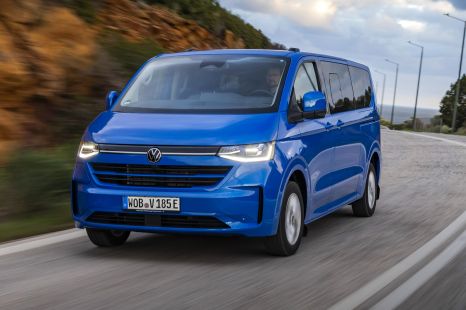

Dave Humphreys
2025 Volkswagen Transporter review: Quick drive
5 Months Ago
The new Ford Transit Custom will offer – in some markets – diesel, plug-in hybrid and electric powertrains, but you won't find a regular hybrid.

News Editor
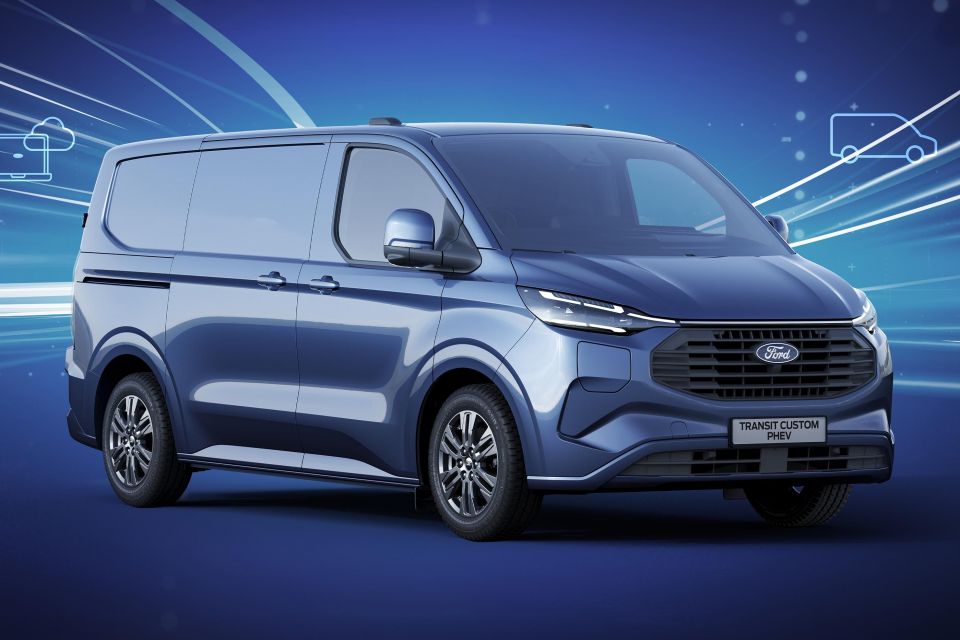

News Editor
The new Ford Transit Custom is offered in Europe with a plug-in hybrid (PHEV) system, but there are no plans globally for a conventional hybrid option.
“I don’t think it was ever cause for consideration. Since day one, it was PHEV to give you the extra full-electric range,” said vehicle integration supervisor Eduardo Correia, when asked whether Ford would introduce a traditional series or parallel petrol-electric hybrid.
That’s despite the Transit Custom’s plug-in hybrid system being closely related to that in the Escape/Kuga crossover, which is also offered in Europe with a conventional hybrid.
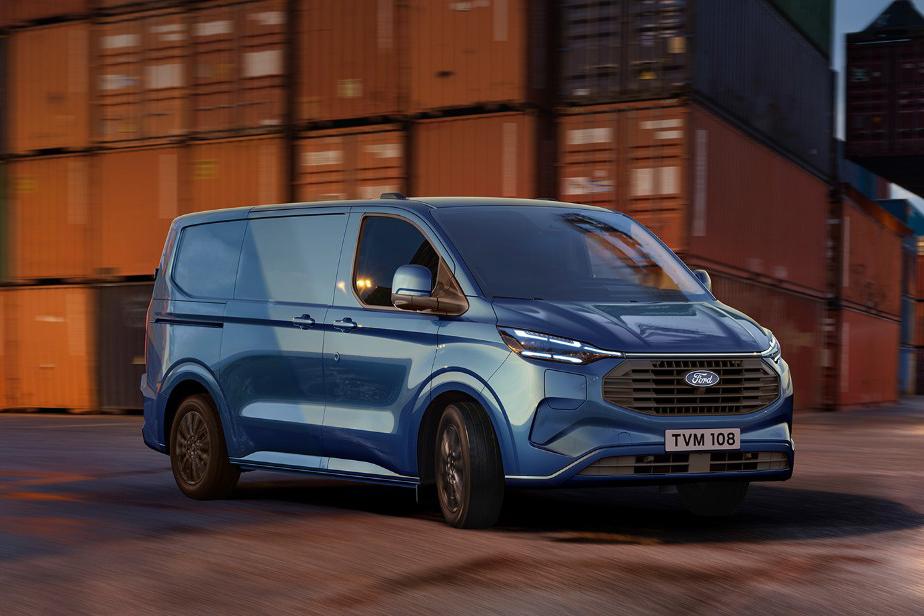
“It seems to be a changing picture, but for some cities that would allow PHEVs to be included within a kind of all-electric kind of consideration, then that’s what the customers are looking for – you don’t get that same capability in a hybrid,” said Peter Watt, communications manager for Ford Pro Europe.
Mr Watt is referring to cities with low-emission zones (LEZs), in which only vehicles with no tailpipe emissions have unrestricted access. In LEZs, traditional combustion-powered vehicles may be subject to additional charges.
Plug-in hybrids can, charge permitting, run on pure electric power at most speeds, while hybrids typically can only run on electric power at very low speeds or while cruising before the combustion engine kicks in.
The Transit Custom PHEV has a selectable EV mode, while another mode called EV Later allows you to maintain your current level of charge so that you have enough later for any LEZ commuting. EV Charge mode allows you to use the engine to charge the battery on the move.
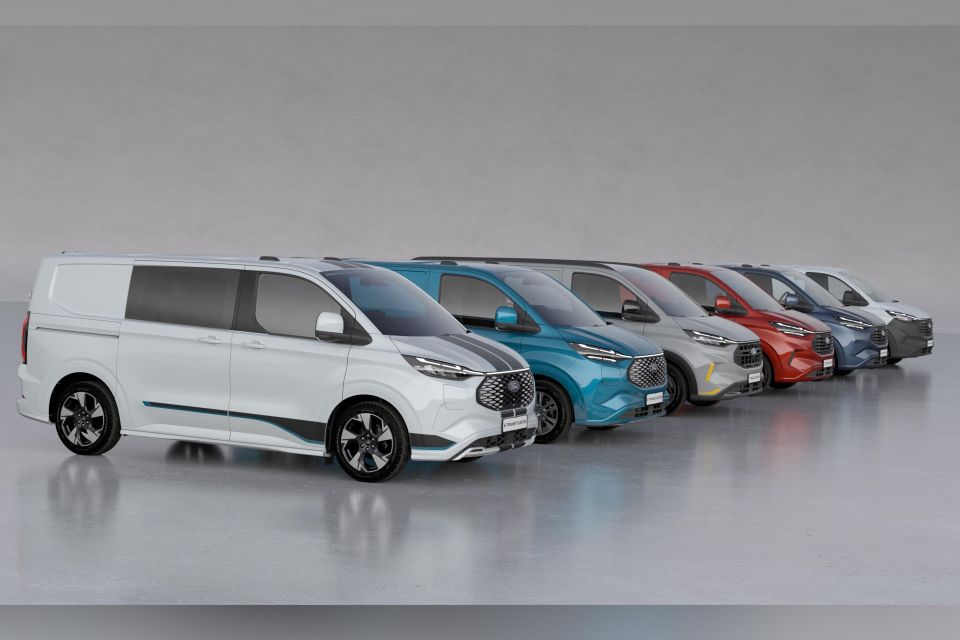
It’s also available with Pro Power Onboard, which allows you to power work tools via three 2.3kW outlets.
The Transit Custom PHEV runs a 2.5-litre Atkinson cycle four-cylinder engine mated with a continuously variable transmission and a 11.8kWh nickel manganese cobalt lithium-ion battery, with claimed WLTP driving range of up to 56km.
Parallel hybrid and plug-in hybrid versions of the Kuga crossover also use a 2.5-litre four, with the former using a small 1.1kWh lithium-ion battery and the latter a 14.4kWh battery which affords it up to 69km of WLTP range.
The new Transit Custom’s PHEV system is quite different from the one used in the previous-generation van, which featured a 1.0-litre three-cylinder engine.
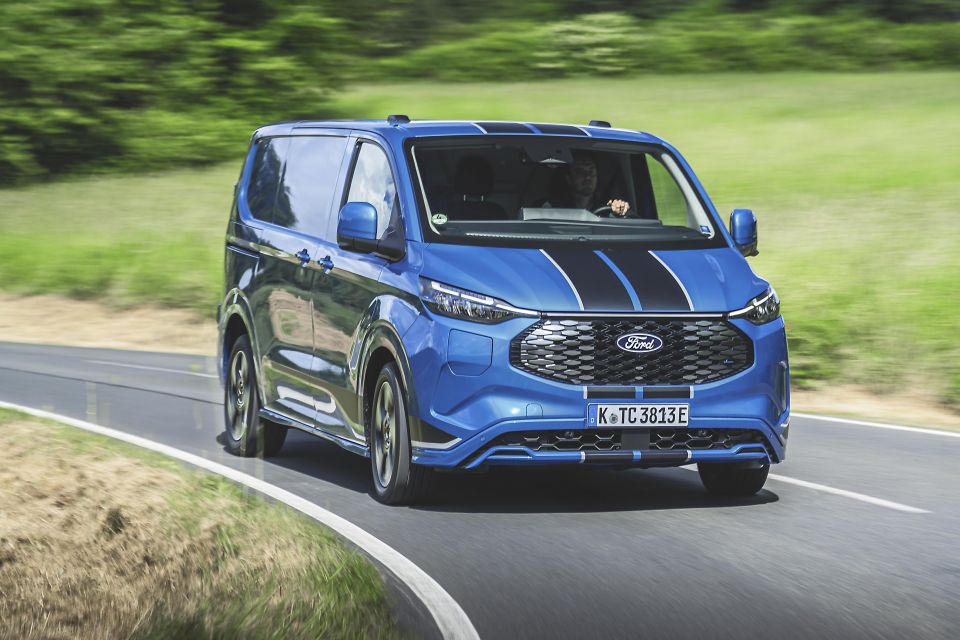
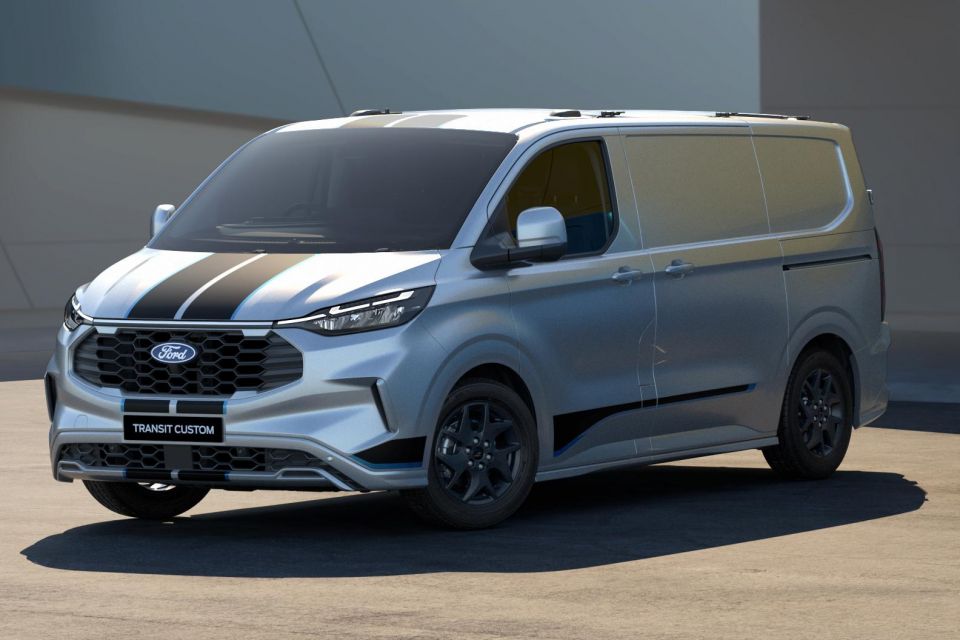
This model wasn’t offered in Australia, and the new-generation PHEV hasn’t been confirmed for our market either.
While Ford hasn’t developed a Transit Custom hybrid, its Toyota HiAce rival still has a wide range of powertrains in Europe.
In addition to the plug-in hybrid, there are also diesel and electric powertrains in multiple tunes – though just one diesel and one electric powertrain have been confirmed for Australia.
None of the Transit Custom’s rivals in Australia can be had with a hybrid or plug-in hybrid system, with many of its competition skipping directly to electric powertrains – see the Peugeot Expert and Mercedes-Benz Vito.
Even hybrid leader Toyota has yet to develop an electrified HiAce, though it has previously said it plans to introduce one locally by 2030.
Where expert car reviews meet expert car buying – CarExpert gives you trusted advice, personalised service and real savings on your next new car.
William Stopford is an automotive journalist based in Brisbane, Australia. William is a Business/Journalism graduate from the Queensland University of Technology who loves to travel, briefly lived in the US, and has a particular interest in the American car industry.


Dave Humphreys
5 Months Ago
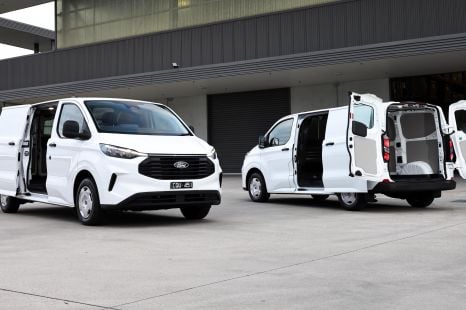

Max Davies
5 Months Ago


Josh Nevett
5 Months Ago
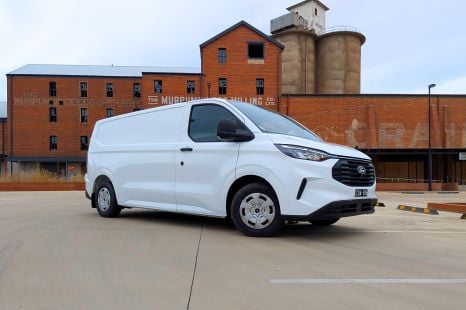

William Stopford
3 Months Ago
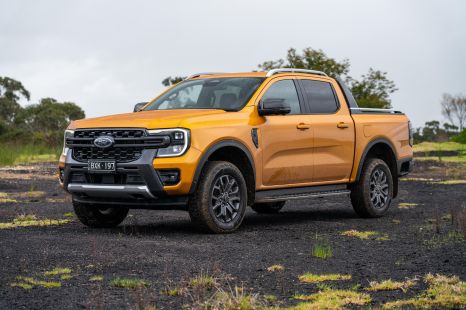

William Stopford
2 Months Ago
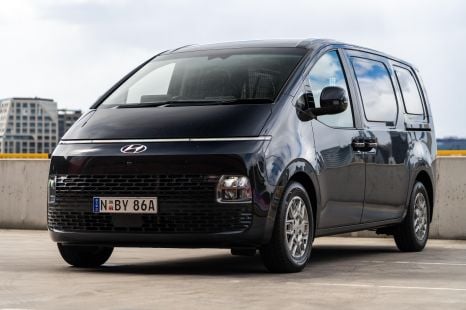

Max Davies
2 Months Ago